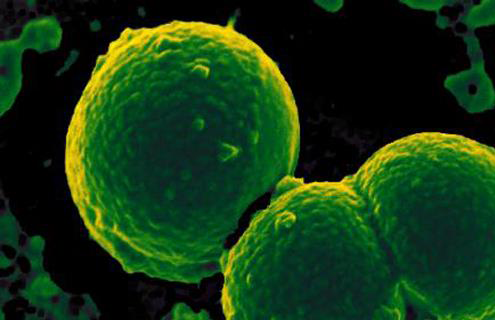
ATCC has the primary immune cells, including peripheral blood mononuclear cells (PBMCs), you need to design and test cell-based assays and treatments as part of your research and development. A typical vial of PBMCs includes progenitor populations such as CD14+ monocytes and lymphocytes such as cluster of differentiation (CD) 19+ B cells, CD4+ helper T cells, CD8+ cytotoxic T cells, and CD56+ natural killer (NK) cells. ATCC also offers vials of specific populations of primary immune cells that have been isolated from mononuclear cells by negative selection using immunomagnetic cell separation procedures. Additionally, ATCC primary immune cells are tested by flow cytometry for positive surface markers.
PBMCs have a limited lifespan in culture and should be thawed out immediately prior to their intended use in vitro. ATCC does not recommend maintaining PBMCs in culture in the absence of application-specific growth factors.
PBMC research notes

In Vitro Differentiation of Macrophages and Dendritic Cells from Primary Human CD14+ Monocytes
This study demonstrates the differentiation potential of cryopreserved primary human CD14+ monocytes towards macrophage and dendritic cell lineages for applications such as cancer immunology, vaccine development, inflammation, bone disease, immunosuppression, disease resolution, and tissue repair studies.
Download the Application NoteRapid Quantification of Natural Killer Cell Activity
Learn about this assay which uses cryopreserved natural killer cells and with hands-on time of under two hours. Specific lysis ranged from 2% to 57%, depending on the effector:target ratio and the donor (n=2). For many applications this cell line may provide a more reproducible and preferable alternative to methods requiring pre-loading of cells with fluorescent or radioactive materials.
Download the Application Note